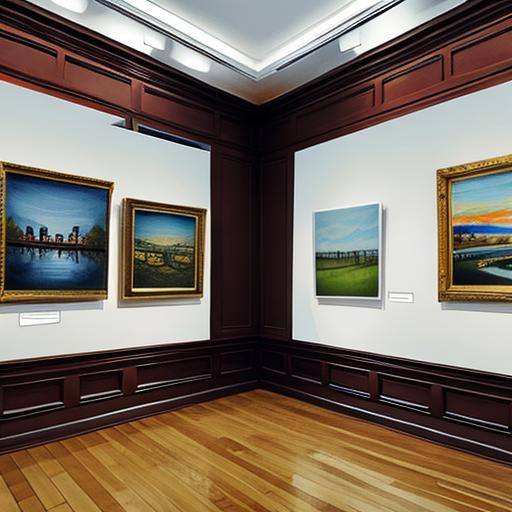Buying or inheriting a piece of art can be exciting, but how can you be sure it’s real? Whether you’re a budding art collector or just curious, our Artwork Authenticity Checklist helps you figure out if a painting or sculpture is genuine — right from your own home.
Key Points:
- Learn to check an artwork’s authenticity step-by-step.
- Use affordable tools and your own research.
- Spot common signs of forgery.
- Understand certificates and provenance.
What is an Artwork Authenticity Checklist?
An Artwork Authenticity Checklist is a step-by-step guide that helps you examine whether a work of art is original or fake. Professionals use science and history to verify art, but you can start with your own tools and eyes.
“Art is more than beauty—it’s evidence of time, technique, and truth.”
Artwork Authenticity Checklist
Step-by-Step DIY Art Authentication Guide
Here’s how to get started:
1. Inspect the Signature

- Use a magnifying glass to check the artist’s signature.
- Compare it to verified examples online or in books.
- Watch for shaky lines or inconsistencies.
2. Examine the Materials
- Are the canvas, paint, or frame from the right time period?
- Older works should show aging: cracks, faded varnish, worn backboards.
- Modern forgeries often use fresh paint or modern staples.
Related: The Complete Guide to Art Preservation
3. Check the Provenance
- Provenance is the record of the artwork’s ownership.
- Ask for receipts, gallery notes, or auction records.
- No history? That’s a red flag.
| Provenance Source | What It Tells You |
|---|---|
| Gallery label | Where it was shown |
| Auction result | Past sale price |
| Artist certificate | Claimed authenticity |

4. Use a UV Light
- UV lamps can reveal restorations or hidden signatures.
- If the painting glows oddly or unevenly, it may have been touched up.
- You can buy a UV flashlight online for under $20.
5. Compare to Other Works
- Does the brushwork, subject, or technique match other pieces by the artist?
- Use online museum databases or catalog raisonnés.
Explore our guide: Unlock the Mystery: Identifying Unknown Paintings
Tools You’ll Need at Home
| Tool | Purpose |
|---|---|
| Magnifying glass | Inspect details & signature |
| UV flashlight | Detect repairs or fake varnish |
| Cotton gloves | Handle art without damaging it |
| Ruler/Measuring tape | Check size matches catalog records |
| Smartphone | Take notes and photos for research |
Certificates of Authenticity (COAs)

A Certificate of Authenticity (COA) is a signed paper that claims an artwork is real. But be careful:
- Anyone can print one.
- Check for an embossed seal or expert signature.
- Look up the person or gallery that issued it.
More info: Art Market Trends 2025
Common Red Flags for Fake Art
Be alert for these signs:
- Signature looks printed or traced.
- Too-good-to-be-true price.
- No paperwork or shady provenance.
- New materials on “old” works.
When to Call a Professional
You’ve followed the checklist, but still not sure? That’s okay. A professional appraiser or conservator can:
- Analyze paint with microscopes or X-rays.
- Check databases for stolen art.
- Offer official appraisals.
Find one via International Foundation for Art Research (IFAR)
Final Thoughts: Why an Artwork Authenticity Checklist Matters
Having an Artwork Authenticity Checklist gives you power as an art owner. You don’t need to be a museum to make smart, confident choices. Use your eyes, your tools, and your curiosity to start learning the story behind the artwork in front of you.
Whether it’s hanging in your hallway or stored in your attic, every piece deserves a little detective work.

FAQ: People Also Ask
How much does it cost to authenticate artwork?
Professionals charge $100 to over $1,000, depending on complexity.
Can I verify a painting at home?
Yes! Use magnifiers, UV light, and research to spot clues before calling an expert.
What is a provenance in art?
It’s a record of who owned the artwork, like a history book for art.
What’s the most trusted art certificate?
One signed by a well-known appraiser, gallery, or the artist themselves.
How do you spot a fake signature?
Compare stroke pressure, handwriting style, and signs of tracing or printing.
More to Explore:



